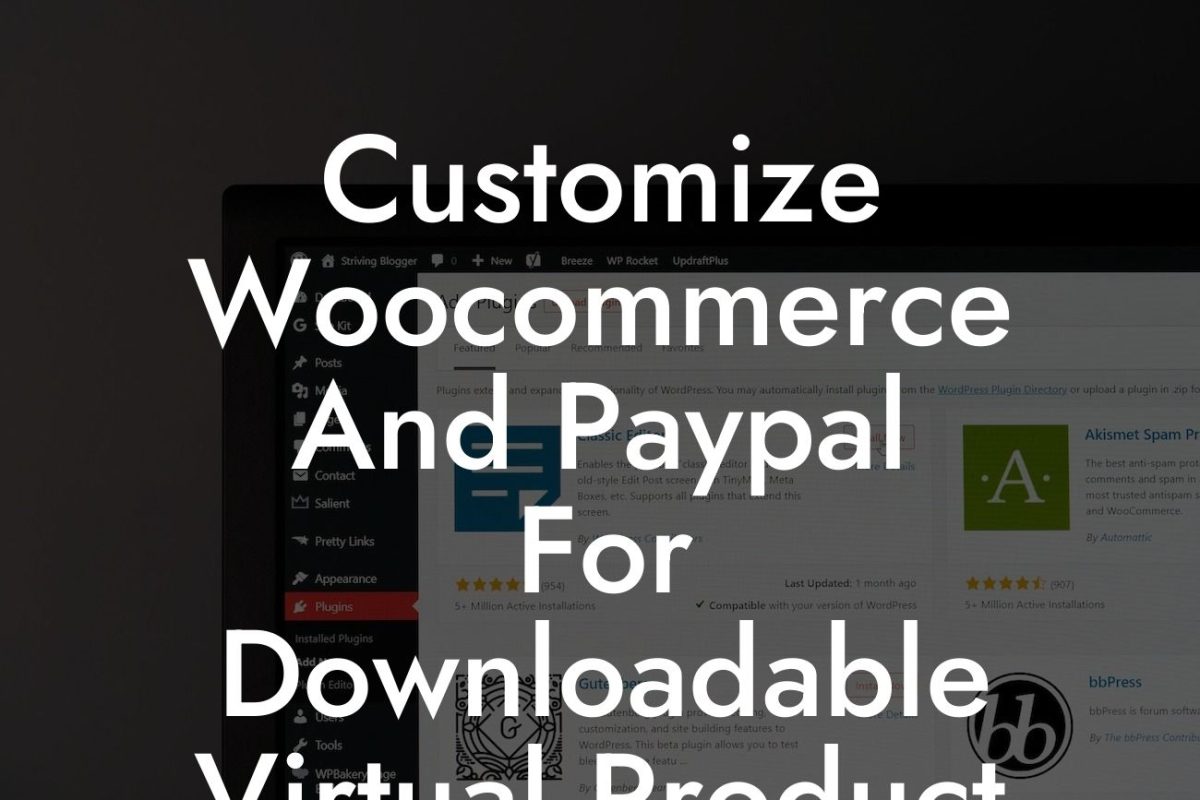Welcome to DamnWoo’s comprehensive guide on how to change the API settings for WooCommerce. As a small business owner or entrepreneur, having a well-optimized e-commerce platform is crucial for success in today’s digital world. By customizing your API settings, you can enhance your online store’s performance and streamline various operations. In this article, we will take you through a detailed step-by-step process and explain the benefits of making these changes. Let’s dive in!
API stands for Application Programming Interface, a set of rules and protocols that allow different software applications to communicate and interact with each other. In the case of WooCommerce, the API provides a way for external applications to access and manipulate your store’s data, such as products, orders, and customer information. By changing the API settings, you can modify how your store interacts with these external applications and optimize its functionality.
To begin, log in to your WooCommerce admin panel and navigate to the WP Dashboard. From there, click on the WooCommerce tab and select the Settings option. Within the Settings menu, you will find the API tab, which contains all the necessary options to customize your API.
Under the API tab, you will see two sections: Keys/Apps and Legacy API. The Keys/Apps section allows you to generate and manage API keys, which are essential for secure communication between your store and external applications. To create a new key, simply click on the Add Key button and provide a unique name for the key. Select the user that the key should be associated with and assign the appropriate permissions. Once done, click on the Generate API Key button, and a new key will be created for you.
Now that you have generated an API key, it’s important to understand the permissions associated with it. WooCommerce provides four types of permissions: Read, Write, Read/Write, and Full Access. Depending on your specific requirements, you can assign different permissions to each key. For example, if you only want an external application to access your store’s data without the ability to modify it, you can assign the Read permission. On the other hand, if you want the application to have complete control over your store, you can assign the Full Access permission. It’s crucial to carefully evaluate and assign permissions to ensure both security and functionality.
Looking For a Custom QuickBook Integration?
How To Change Api Woocommerce Example:
Let’s consider a realistic example to better understand the importance of changing API settings for WooCommerce. Imagine you run an online clothing store and have partnered with a third-party application that helps you manage inventory. By changing the API settings, you can create a custom key that grants the application access to your store’s product data. This allows the application to automatically update inventory levels, sync product details, and streamline order fulfillment. As a result, you save valuable time, reduce manual errors, and provide a seamless shopping experience for your customers.
Congratulations! You have now learned how to change the API settings for WooCommerce and unleash the full potential of your online store. By customizing your API, you have taken a significant step towards optimizing your small business or entrepreneurial venture. Make sure to explore other helpful guides on DamnWoo to further enhance your digital presence and consider trying out our awesome WordPress plugins. Don’t forget to share this article with others who might benefit from it. Happy WooCommerce customization!













